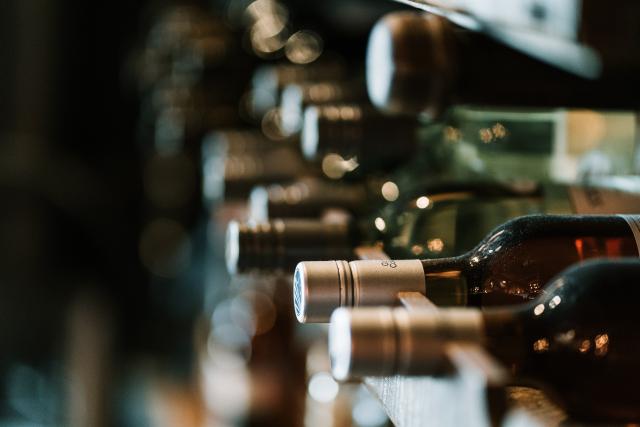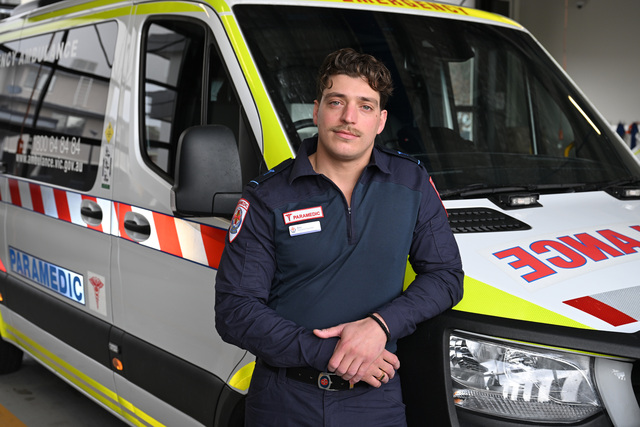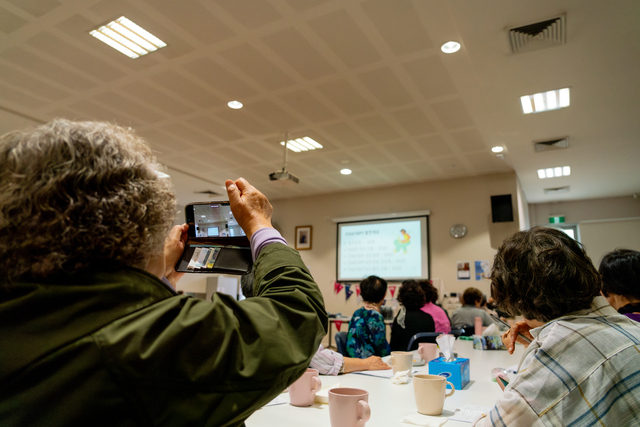There has been a significant increase in drug use and possession offences in Brimbank, according to new data.
A new research paper compiled by the Crime Statistics Agency (CSA) on the types of drugs involved in drug use and possession offences in the 10 years between 2006 and 2016 shows drug use is widespread in the municipality.
There were more heroin offences in Brimbank last year than anywhere else in the state. More than 18 per cent (171) of all heroin offences occurred in Brimbank, followed by Yarra (152) and then Melbourne (71).
Brimbank recorded the second most ecstasy offences in Victoria last year, up from 34 in the previous 12 months to 51.
Cannabis, methamphetamine and prescription drug misuse was also rife in the local council area, which had the third most offences for each type of drug last year.
The increase in recorded offences well exceeded Brimbank’s population growth of about 6.3 per cent in the five years to 2016.
Christa Grapentin, from Sunshine-based drug support agency Youth Support and Advocacy Service (YSAS), said the figures didn’t come as a surprise. She said Brimbank’s inflated drug offence figures could in part be attributed to Sunshine’s popularity as a meeting point for young people from Melbourne’s west.
“Sunshine is certainly an area where a lot of people come to, where groups of young people get together. But from what we’re seeing it’s not like Brimbank is a drug hotspot, it’s fairly spread out in the west,” Ms Grapentin said.
“Obviously it’s a disadvantaged area, with lots of problems around unemployment and poverty, and different cultural groups have their own issues.”
She said heroin use wasn’t popular among young users, many of whom don’t want to inject.
“There’s a bit of a stigma attached, it’s seen to be a loser drug, and we don’t see a lot of people injecting drugs like we used to, perhaps there’s also a cost factor,” Ms Grapentin said.
Alcohol rather than drug abuse was a much bigger problem among Brimbank youths, particularly among South Sudanese men, she said.






